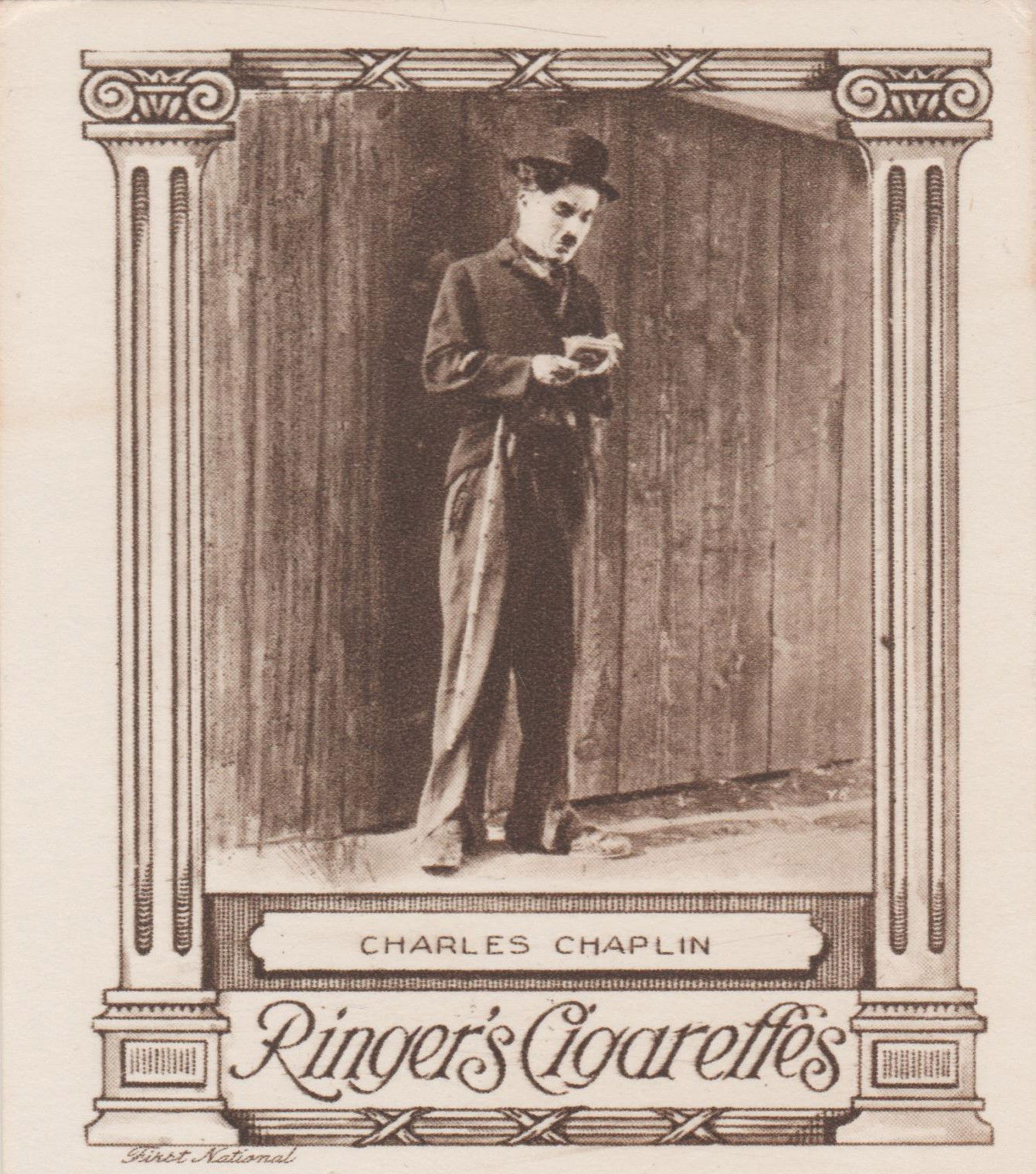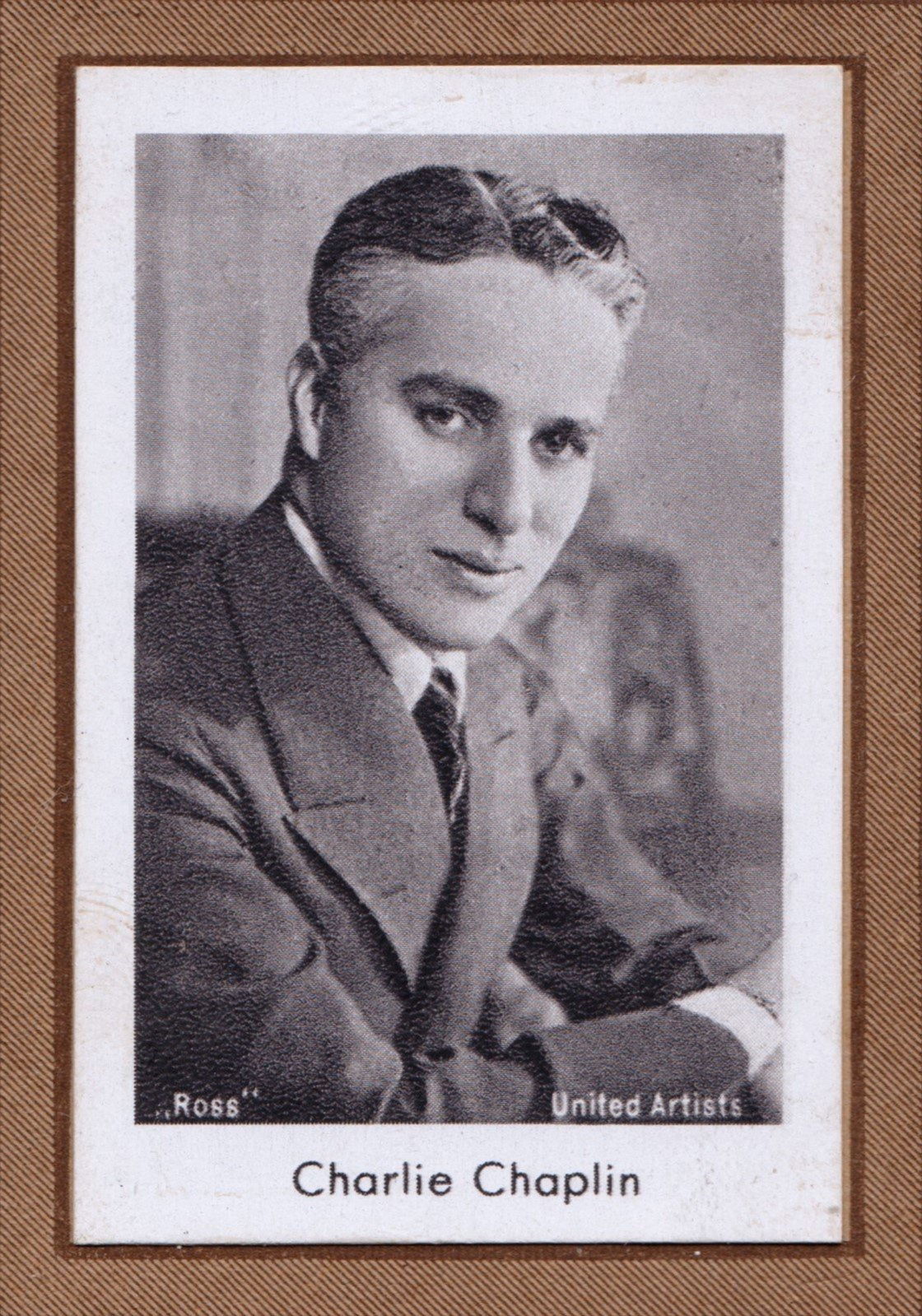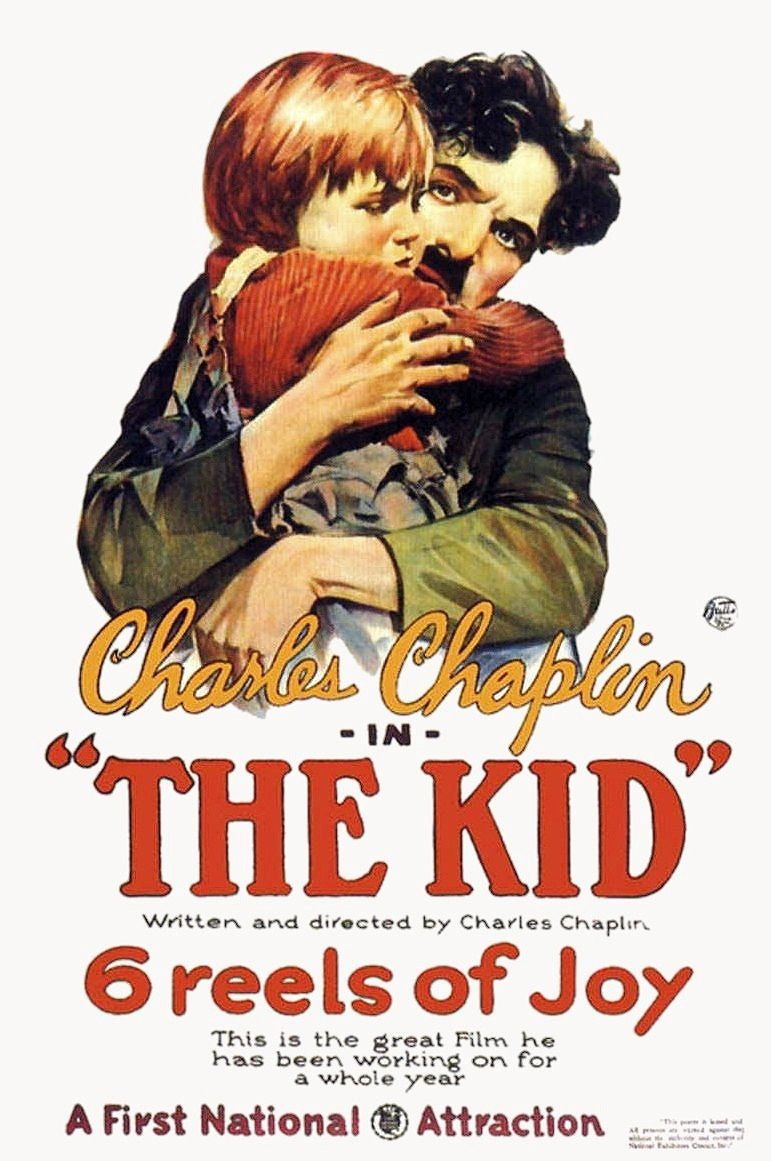CHARLIE CHAPLIN “Behind the Tramp's Mask"
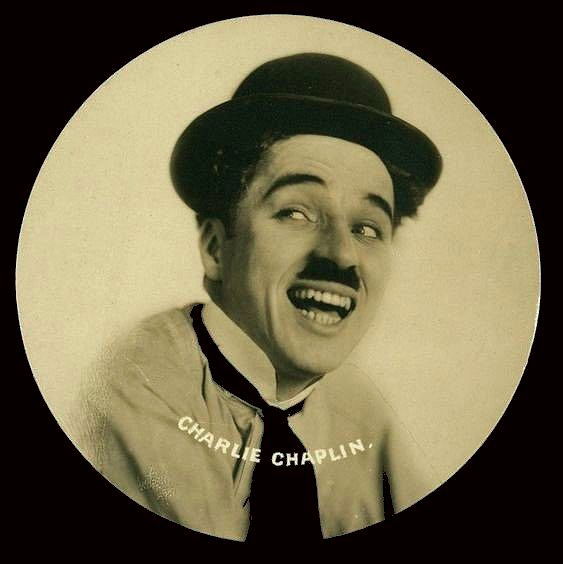
"I didn't have the slightest idea about the character. But as I was dressed, the costume and make-up made me understand what kind of person he was. I began to know it and when I walked towards the huge wooden platform, it had already come into the world."
A Journey Beyond Costume
Theater and cinema are magical worlds where reality merges with fiction, and actors are the mediums through which stories come to life. An actor's transformation often begins in the dressing room, where costume and makeup serve as tools for a character's embodiment. This process is not just a mere application of clothes and make-up; It is a ritual that allows the actor to leave behind his own identity to embrace that of another being, often in a completely different world. The opening line taken from Chaplin's "My Autobiography" suggests a total immersion in the essence of the character, where the actor has "no idea" of who he is until he sees himself transformed externally. It is at that moment that the character "comes into the world", suggesting that there is a turning point, a precise moment in which the actor and the character become one. This moment of birth is crucial, as it marks the beginning of a performance that could touch the hearts of the audience and leave an indelible imprint on art history. Costume and makeup are therefore more than just accessories; they are symbols of a borrowed identity that allow the actors to explore new dimensions of themselves and the human condition. Through these tools, actors can express emotions and tell stories that, although they may be far from their personal experience, reveal universal truths about life, love, suffering, and joy.
The transformation of the actor is a fascinating phenomenon that reminds us of the power of art to overcome the boundaries of the self and to explore the infinite variety of human existence. It is a journey that begins with a costume and a bit of makeup, but which extends far beyond, deep into the soul, where each character leaves an eternal mark.
THE STORY of CHARLIE CHAPLIN

Card n. 22 album MONOPOL FILM IMAGES
(personal collection)

Born in a gray and industrial London, Chaplin grew up in an environment of extreme poverty and hardship. His childhood was marked by moments of intense sadness and abandonment, elements that he would later skilfully weave into the plots of his films. But how did this boy, who grew up among the difficulties of London public housing, become the symbol of comic cinema worldwide? The first chapter explores Chaplin's roots, the historical and cultural context that shaped his artistic vision, and how his early life experiences influenced the creation of the character of the Tramp, an icon who would represent the voice of the invisible and marginalized. Through anecdotes, analyses of his most significant works and testimonies of those who knew him, we will delve into Chaplin's journey, discovering how his creative genius was forged by the flames of his personal battles and his relentless search for love and acceptance.
This chapter lays the foundations for understanding not only the artist, but also the man - a man who, behind his make-up and costumes, hid a sharp intelligence and a heart capable of great empathy and human warmth. London at the end of the nineteenth century was a melting pot of social contradictions, a city where poverty and wealth coexisted side by side, separated by a thin veil of fog and smoke. In this context, the young Charles Spencer Chaplin was born on April 16, 1889, the son of vaudeville artists who struggled to survive. His childhood was marked by moments of extreme precariousness, with an absent father and a mother struggling with mental health problems. Despite the difficulties, or perhaps because of them, Chaplin found refuge in the art of performance. Even as a child, he showed a natural talent for acting and singing, which led him to tread the stages of London theaters. His ability to evoke laughter even in the most desperate situations became his signature, a gift he would carry with him throughout his life.
Card n. 60 album SALEM FILM PICTURES
(personal collection)

Charlie Chaplin's formative years were marked by a series of events that would lead him to become one of the most influential figures in world cinema. After honing his skills on the London theater stages, Chaplin embarked on a theater company that took him on tour in the United States. It was during this time that his talent caught the attention of important figures in the film industry. In 1913, Chaplin signed his first contract with the Keystone Film Company. Initially, his unique style and comedy were not fully appreciated, but Chaplin was not deterred. With perseverance and a tireless work ethic, he continued to perfect his craft, experimenting and innovating with each new film. It was with the creation of the character of the Tramp that Chaplin found his true calling. The Tramp, with his scruffy appearance and awkward gait, quickly became a symbol of hope and resilience for audiences around the world. Chaplin not only played the character, but wrote, directed, and produced many of the films in which he appeared, showing unprecedented creative control for the time.
EDWARDS RINGER & BIGG ֍ CINEMA STARS L (1923)
(personal collection)
Through The Tramp, Chaplin explored themes of social justice, love, and humanity, often weaving comedy with a touch of melancholy. This winning combination allowed him to connect with a large and diverse audience, making his films true international successes. His rise from street artist to global superstar is a testament to his indomitable spirit and his inexhaustible ability to innovate and enchant audiences of every generation. His ability to transform personal suffering into a comedy that touched the soul was one of his greatest gifts. Chaplin did not limit himself to making people laugh; His films were mirrors that reflected the complexities of the human condition, often with a thin layer of sadness that made the laughter even deeper. Despite adversity, Chaplin always maintained a sense of optimism and hope. This indomitable spirit shone through in each of his films, where the Tramp, despite setbacks, always found a way to get up and move on. His story is a hymn to human resilience, a reminder that no matter how hard life may be, the human spirit can always find a way to the light. Art's ability to uplift the spirit and challenge convention was at the heart of Chaplin's philosophy. Through her work, she explored themes such as poverty, injustice, and alienation, but always with a perspective that encouraged empathy and understanding. Chaplin firmly believed that art should have a purpose, that it should speak to people and bring about change, not just entertain. The Tramp was not just a comic character; He was a symbol of hope, a friend to the dispossessed, and a hero to anyone who needed to be reminded that, even in the darkest moments, there is always room for a smile. This is the power of Chaplin's art: a power that continues to resonate through the decades, inspiring and consoling to this day.
FRATERNITY
W.D. & H.O. WILLS ֍ CINEMA STARS 1ST SERIES (1928)
(personal collection)
Charlie Chaplin's brother, Sydney, played a pivotal role in his life and career. Sydney was four years older than Charlie and played an almost paternal protective role throughout his life. Charlie attributed much of his professional and financial success to Sydney.
When poverty hit their family, both Sydney and Charlie spent difficult days in workhouses. Sydney, in particular, after working as a steward on various ships, returned home to find that his mother had been admitted to a psychiatric hospital and Charlie was living on the streets. Determined to improve their lives, Sydney decided to enter the world of theater, just like Charlie.
Sydney was instrumental in Charlie's entry into show business, helping him memorize his lines and recommending him to Fred Karno's company, which eventually brought Charlie to the United States. Later, when Charlie left the Keystone Film Company, he suggested Sydney as his replacement. Sydney was successful with Keystone and handled most of Charlie's business, negotiating many of his most important contracts.
Sydney continued to worry about Charlie even after retiring from the screen in 1928, and remained close to him by frequently visiting Charlie's family in Switzerland. Their relationship was deep and influential, with Sydney playing a crucial role in shaping Charlie Chaplin's career.
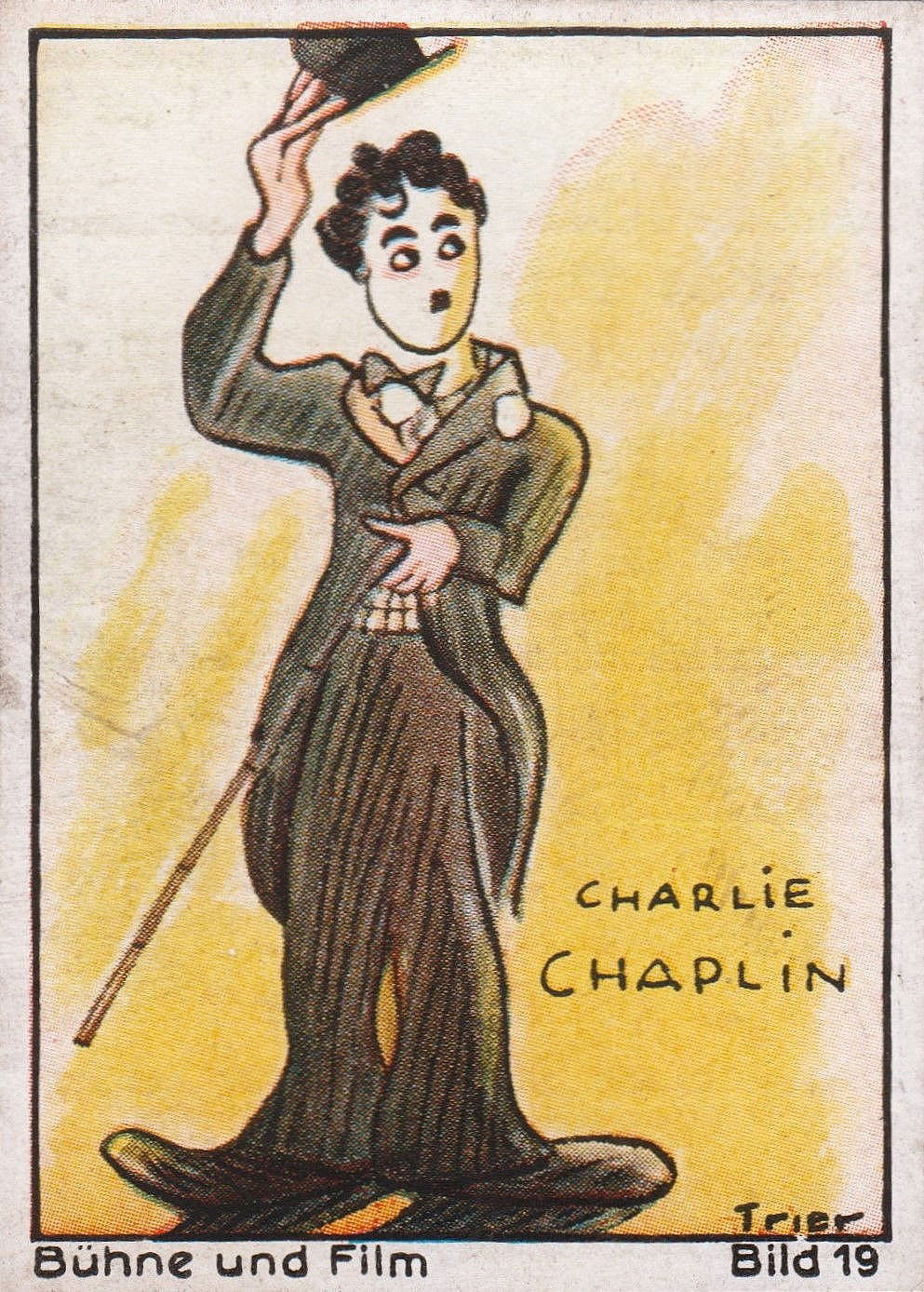
Card n.19 STAGE AND FILM
BERGMANNS - BUNTE BÜCHER I (1932)
(personal collection)
THE WANDERER CONQUERS THE WORLD
The Tramp, with his unmistakable bowler hat, bamboo stick and thin mustache, was not just a character; It was a cultural phenomenon that transcended the boundaries of cinema. Charlie Chaplin, with this alter ego, captured the essence of humanity in an era of great change. In the heart of Hollywood's golden era, Chaplin harnessed his talents to create a series of short films that quickly gained popularity. But it didn't stop there. With his artistic vision, he began to produce feature films that not only entertained, but also provoked deep reflection. "The Kid", "The Gold Rush" and "City Lights" are just a few examples of how Chaplin was able to combine humor, pathos and social criticism. This chapter examines in detail how Chaplin used The Tramp to comment on the social dynamics and injustices of the time. Through his art, he offered a window into the difficulties of everyday life, but always with a perspective that instilled hope and joy. His unique approach to comedy, which mixed slapstick and satire, made his films irresistible and set new standards for comedy cinema. The transition from silent to sound cinema was a period of great turbulence in the film industry, and Charlie Chaplin was faced with challenges that could have marked the end of his career. However, with his usual creativity and determination, Chaplin approached these changes with a unique approach that further cemented his legend.
During the transition, many silent film actors and directors found themselves in difficulty, unable to adapt to the new technology. Chaplin, however, did not let himself be persuaded by his collaborators to make sound films, continuing to use the pantomime that had made him famous all over the world. Although "The Jazz Singer" of 1927 introduced the "talkie", Chaplin chose to stay true to his style, releasing "City Lights" in 1931 and "Modern Times" in 1936, both without synchronized dialogue.
OGDEN'S ֍ SHOTS FROM THE FILMS (1936)
(personal collection)
"Modern Times" is particularly significant because, although it was a sound film, it did not include traditional dialogue, but rather sounds and music that were used for comedic and critical purposes. This film reflected the technical difficulties of the time and addressed them with a mixture of criticism and humor, demonstrating Chaplin's ability to adapt and innovate even in the face of great changes.
Despite some reviews at the time describing "Modern Times" as "ten years back in time" due to the lack of dialogue, Chaplin managed to maintain the success and relevance of his films due to his status as one of America's most highly regarded filmmakers.
His first real foray into sound cinema came with "The Great Dictator" in 1940, which marked a turning point from his roots in silent cinema. In this film, Chaplin not only spoke, but also offered a bold and satirical commentary on the authority figures of the time, once again demonstrating his ability to combine entertainment and profound social messages.
In conclusion, Chaplin approached the transition from silent to sound cinema not as an obstacle, but as an opportunity to evolve and experiment. His resilience and ability to adapt allowed his creative genius to thrive in an era of change, leaving a legacy that continues to influence the world of cinema today.
The ICON of SILENT CINEMA and the MARKETING of CIGARETTE CARDS
In the fervent marketing landscape of the 20s, cigarette cards became a real collecting craze. These small cards, inserted into cigarette packets, were much more than simple advertising tools: they were windows into a rapidly changing world, portraits of celebrities, and fragments of popular culture that reflected the interests and passions of the time. Among the most famous figures immortalized on these cards was Charlie Chaplin, the icon of silent cinema, whose face was known in every corner of the globe. The figure of Chaplin, with his unmistakable bowler hat and awkward gait, was perfect for capturing the attention of consumers. The cards depicting Chaplin were not just collector's items; They were vehicles that transported the actor's image directly into the hands and homes of the public. Its image was used to promote products, creating an emotional bond between the consumer and the brand. Chaplin was not just a face on the screen; It had become a symbol of style, elegance and, above all, entertainment that united the masses. He dragged marketing into a new era, demonstrating how a star's charisma and popularity could be leveraged to create a lasting connection with audiences. Chaplin not only left an indelible mark on cinema, but also on the way celebrities were used in advertising, setting the stage for modern branding and promotion techniques.

John Player & Sons STRAIGHT LINE CARICATURES 1926
(personal collection)
John Player & Sons' 1926 series of cigarette cards "STRAIGHT LINE CARICATURES" is a fascinating example of how the art of caricature was used to capture the essence of famous people of the time. Alick P. F. Ritchie (1868-1938) was a Scottish artist who studied at the Ecole des Beaux Arts in Antwerp and then moved to London where he worked as a commercial artist. Ritchie has produced many caricatures for magazines such as Vanity Fair, The Sketch, and The Bystander. He also became famous for his theatrical posters and those made for the London Underground. The artist of these cards was known for his distinctive style that emphasized straight lines and created memorable and easily recognizable images. Charlie Chaplin, included in this series, is portrayed in a way that highlights his most iconic features, such as his bowler hat, melancholic expression and his unmistakable mustache, elements that have made him an internationally loved figure. These cards not only celebrated his fame but also his ability to communicate through the comedy and humanity of his Tramp character. Chaplin's presence in a series not directly related to cinema further emphasizes its cultural impact and its relevance as a symbol of an era. The collection of cigarette cards therefore offers a unique opportunity to explore the intersection between art, advertising and celebrity in the historical context of the early twentieth century.
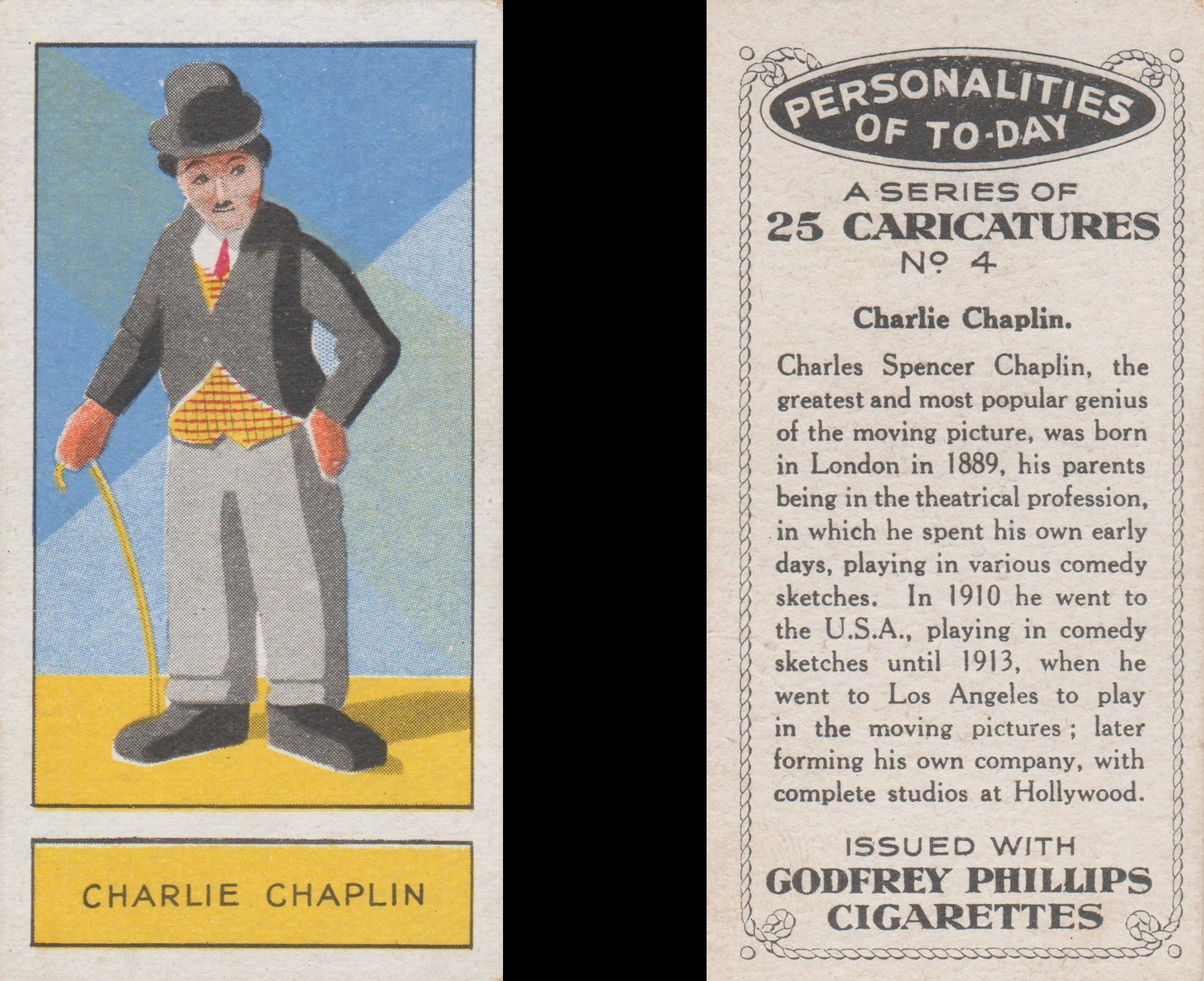
Godfrey Phillips Cigarettes ֍ PERSONALITIES OF TO-DAY 1932
(personal collection)
Another example is the PERSONALITIES OF TO-DAY series printed in 1932, where we find Charlie Chaplin, in an explosion of colors, in sticker no. 4, again in the form of a caricature. On the back, as you can see, he was already defined as the greatest and most popular genius of cinema. In this series of twenty-five caricatures made by an unknown artist, we can see the great influence of cinema in that period. In fact, among political figures of the caliber of Winston Churchill, sportsmen, famous writers, and even the physicist Oliver Lodge, who identified electromagnetic radiation and was a pioneer of spiritualism, there are eight actors. This testifies not only to the popularity of cinema, but also to its cultural and social impact that crossed all spheres of daily life, reflecting the rise of Hollywood as the epicenter of entertainment and the collective imagination.
"Silent Resonances: Chaplin in Today's Cinema"
Card position 5 pag. 27 - JOSETTI - FILM ALBUM 1
(personal collection)
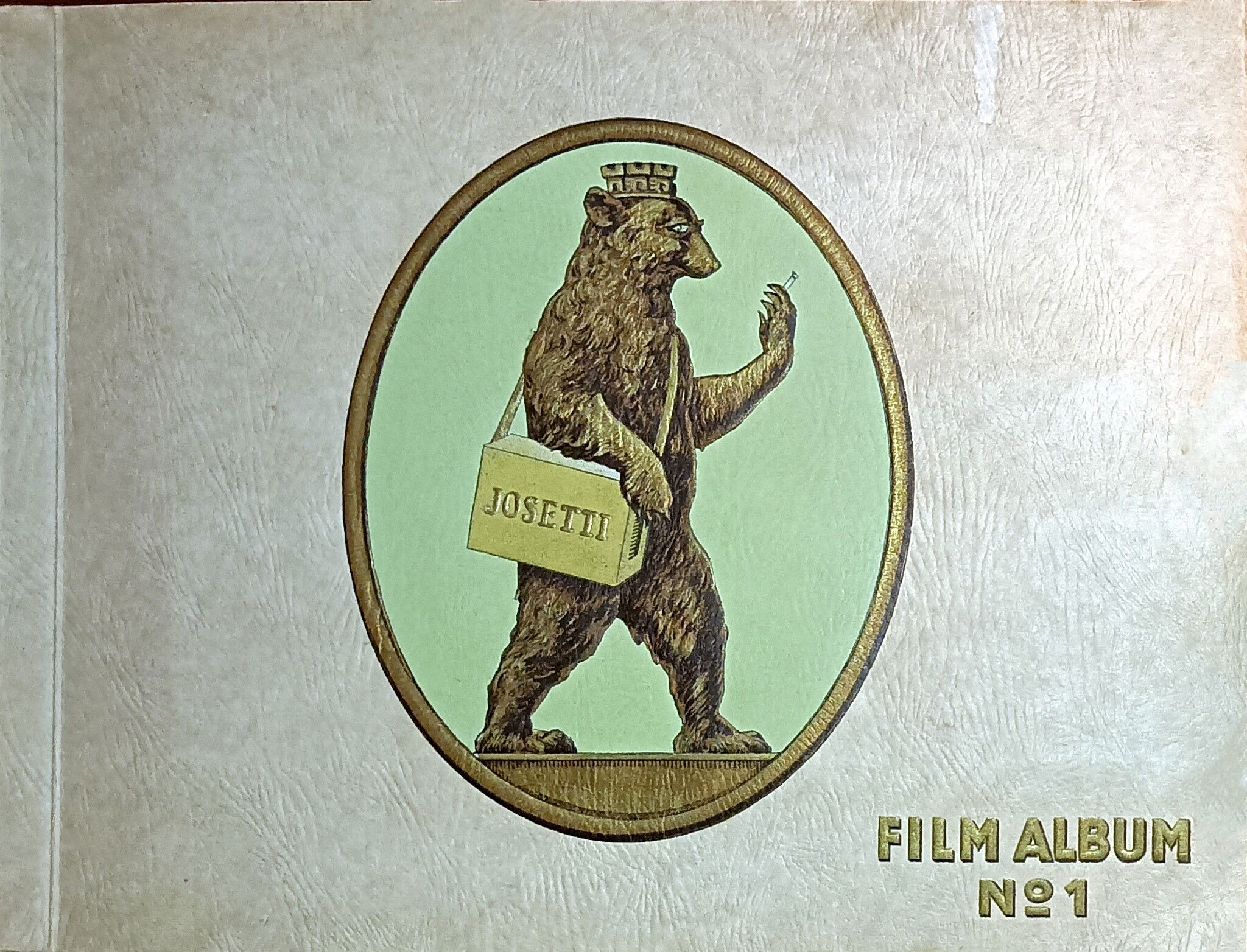
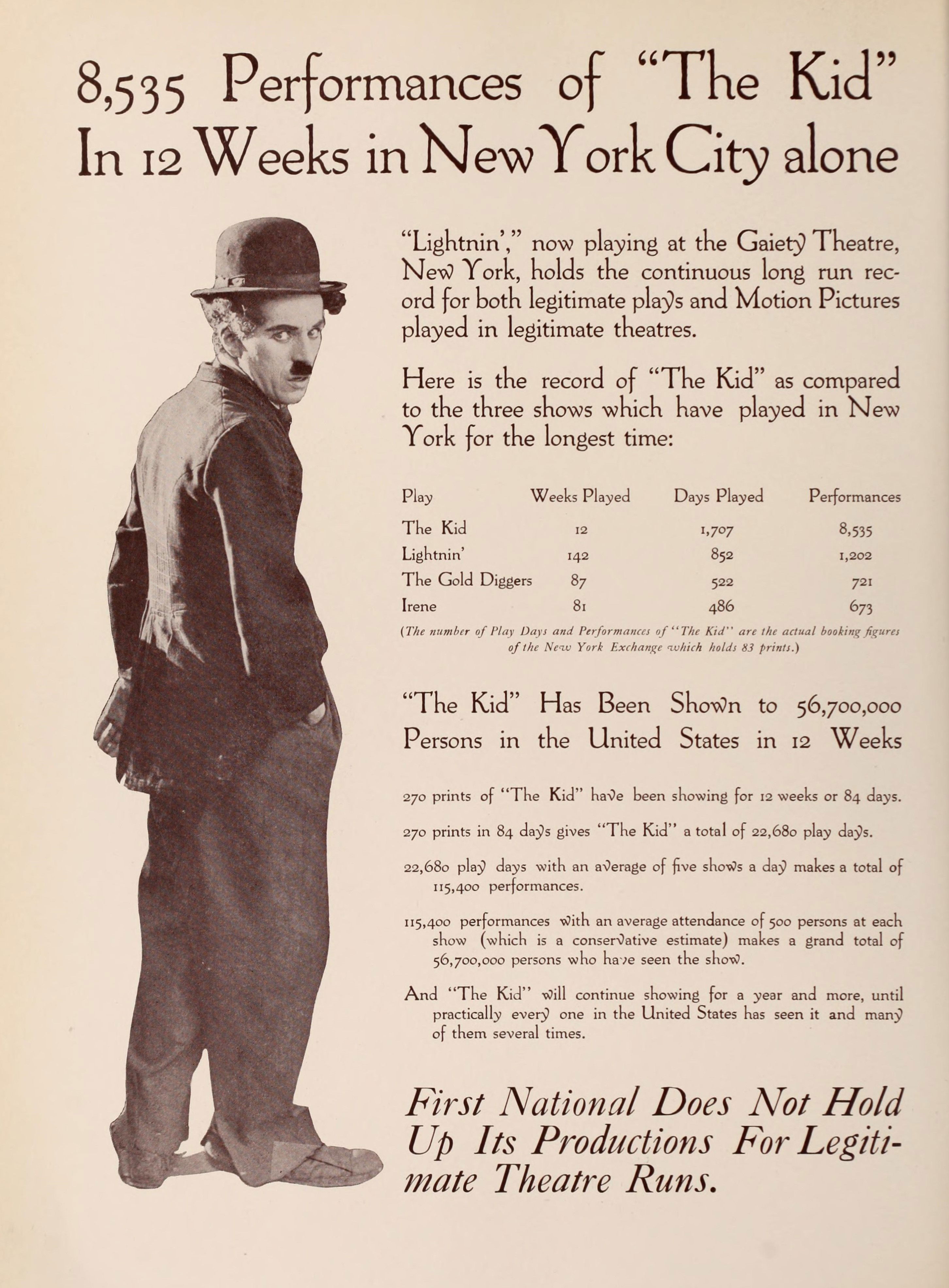
"Courtesy of the Media History Digital Library"
from the periodical "Motion picture news" (May-June 1921) Vol.23

